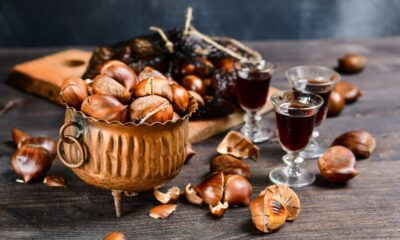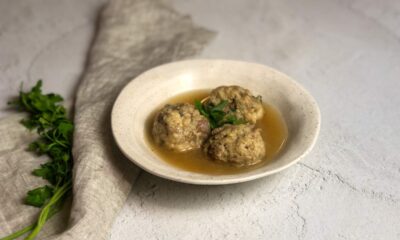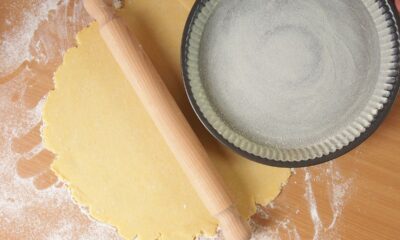Recipes
Ravioli del plin, Piedmontese agnolotti perfect always and for parties
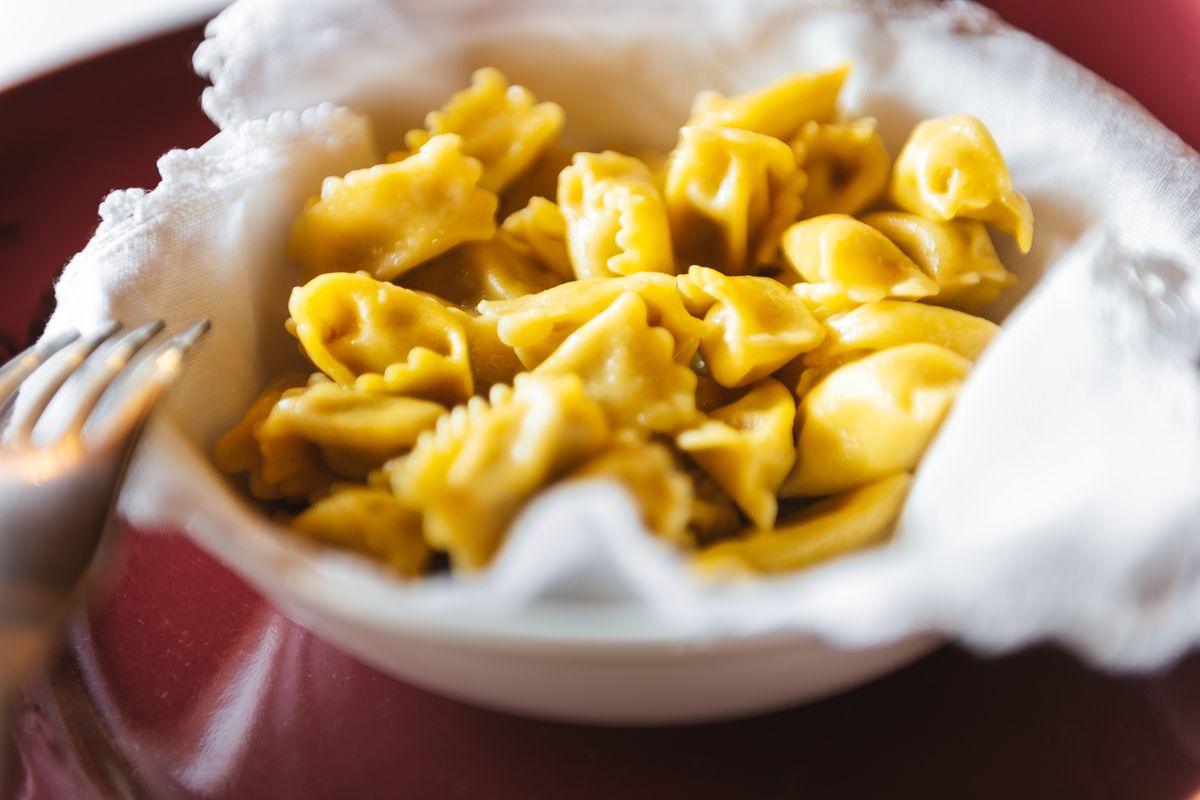
It is one of the most famous Christmas first courses to celebrate December 25th: here is the recipe for ravioli del plin, the most loved Piedmontese agnolotti!
Ravioli del plin are a specialty of Piedmont , but are known throughout Italy. These small square-shaped agnolotti are usually stuffed with leftover roast meat and cooked vegetables: a recipe, therefore, that is not only delicious but also waste-free. Like any traditional dish, there are many variations, but none of them are the wrong ones, in fact each family used the leftover meat and the ingredients they had in their pantry to prepare the filling.
Before seeing how to make delicious agnolotti del plin, for which we are sure that you will include them among your favorite Christmas recipes, let's take a step back in history.
Ravioli del plin: history and origin of Piedmontese stuffed pasta
The origins of this pasta format are lost in history, in fact it seems that since Piedmont hosted its first inhabitants there has always been a nice plate of Piedmontese agnolotti as a traditional meal. These were made by farmers and farmers , certainly not always, but only on those rare occasions when they had some pieces of meat left over and absolutely did not want to waste it.
The quality of plin pasta, the tortellini protagonists of this discussion, are typical of the Langhe and Monferrato area, they are in fact smaller than the classic ones but their square shape does not deceive. But why are they called plin? Very simple, the dialect term means pinch . And it is precisely the move that is made by the sfogline to close each small square of pasta with its filling.
This typical product has been included in the list of traditional Italian agri-food products, and has its own Piedmont Region specification which, however, does not indicate a unique recipe for the filling: precisely because each family adapted it according to their own possibilities or needs. The only certain thing is that this pasta never had a low-fat filling, otherwise it was simply called ravioli.

Preparation of homemade ravioli del plin using the original recipe
1. Start browning the pork and veal in a pan with EVO oil, adding salt to taste. Wet the meat with just enough vegetable or meat broth, so that it can cook well.
2. When the meat is cooked, let it cool and then mince it with the cooked salami (a typical Piedmontese cured meat), the raw ham and a pinch of nutmeg and pepper.
3. Prepare the fresh pasta by mixing the flour with 4 eggs and a pinch of salt, letting it rest for half an hour and then making a thin sheet.
4. Mix the remaining two eggs and the Parmesan with the minced meat: this will be the filling for the agnolotti.
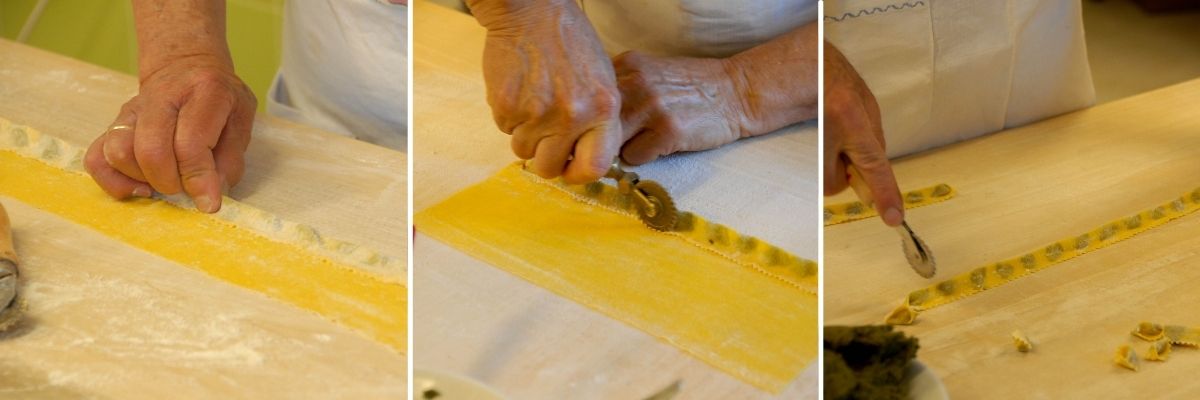
5. Place the filling on the pastry, then fold with more dough, press around the ball of filling to make the dough stick and cut out the agnolotti (here's the classic pinch).
6. Cook the Piedmontese agnolotti in salted water and then season them with butter and sage or with meat sauce .
Serve your agnolotti at Christmas plin (and not only).
Seasoning for ravioli del plin: traditional choices
According to tradition, to season them you could prepare the ravioli del plin with roast sauce, with classic ragù, the ravioli del plin in meat broth or with simple butter and sage, depending on your taste.
Not only that, there are those who also accompany them with red wine, just warm and usually diluted with broth.
If you didn't know, the original recipe for agnolotti del plin also called them agnolotti al napkin. Once upon a time, in fact, they were drained of the cooking water, dabbed with a cloth and each portion served inside a napkin and without any condiment. There were those who accompanied them with broth in a separate cup, or even with wine.
storage
This delicious traditional first course can be kept when cooked and seasoned for a maximum of 1-2 days in the refrigerator. When raw, however, you can also freeze the agnolottini individually in the freezer, once cold, put them together in a freezing bag, perhaps already portioned.
Riproduzione riservata © - WT




